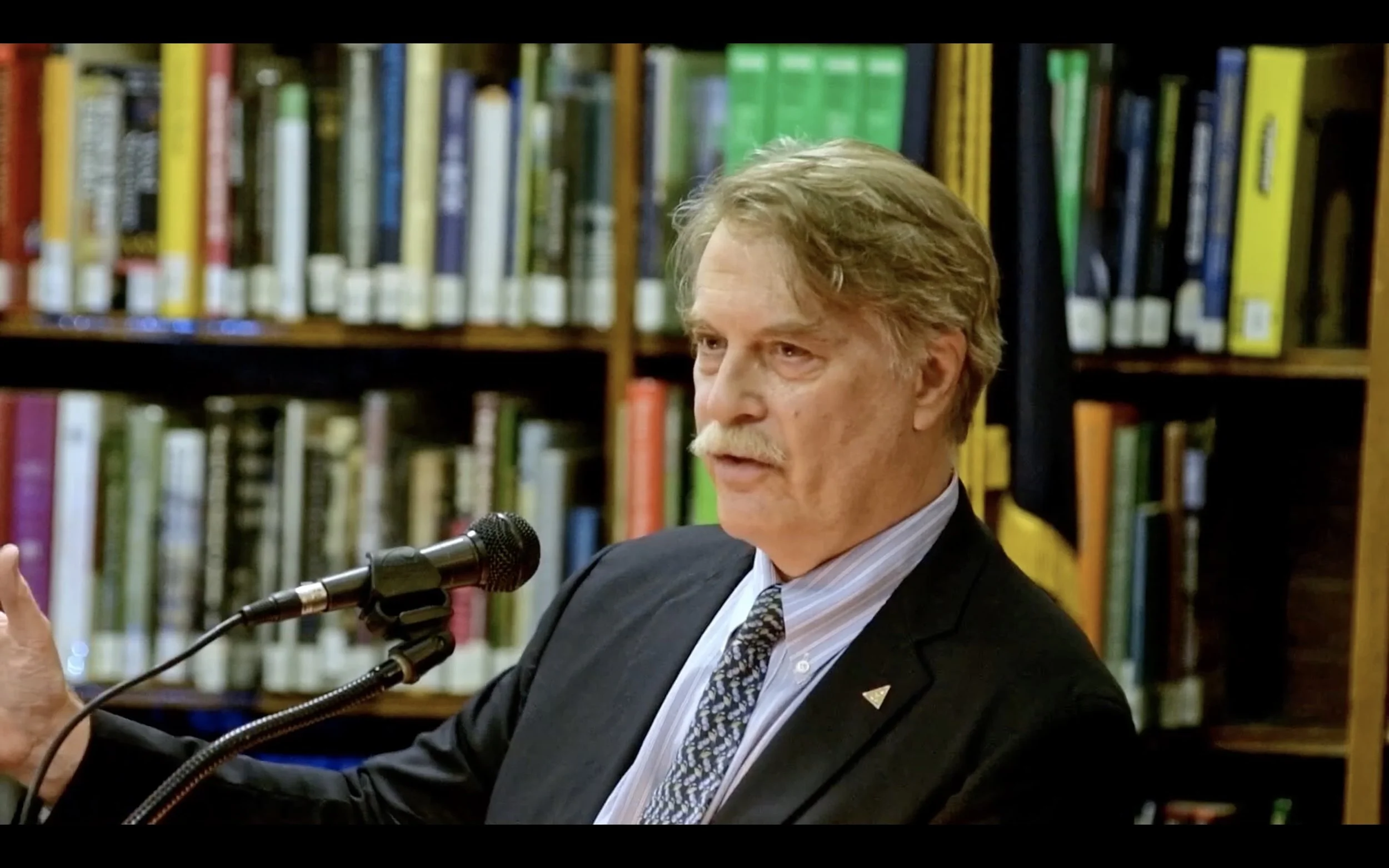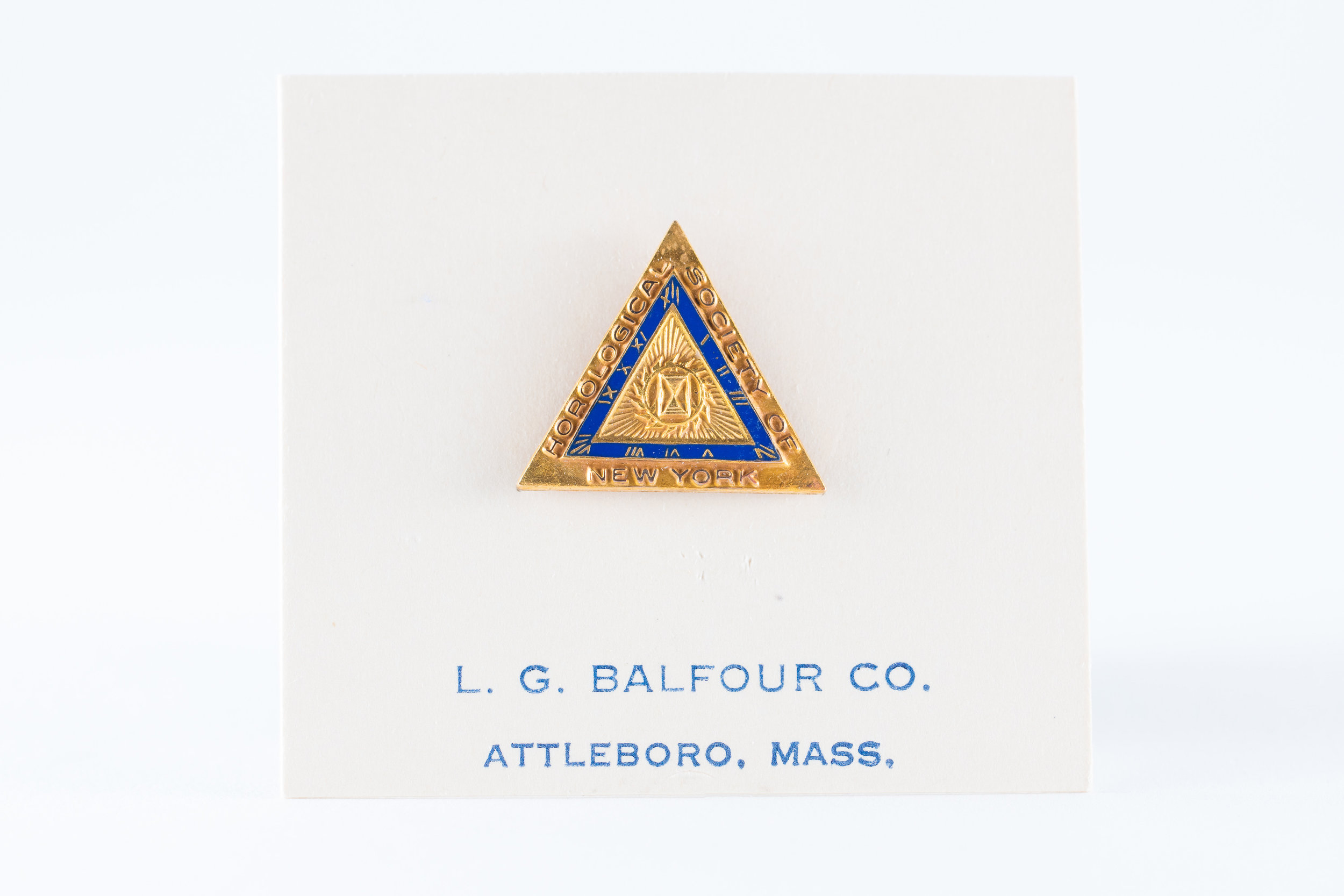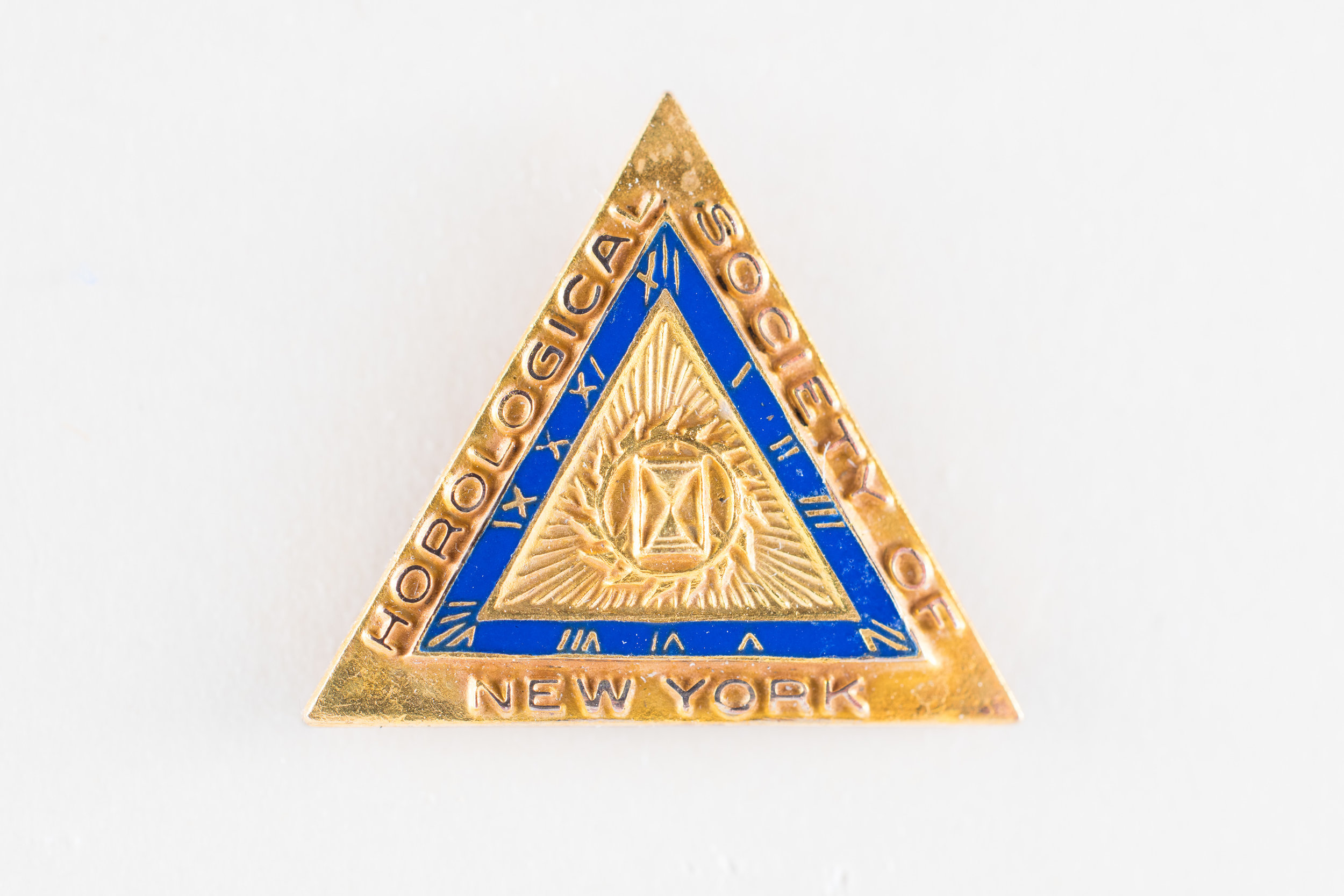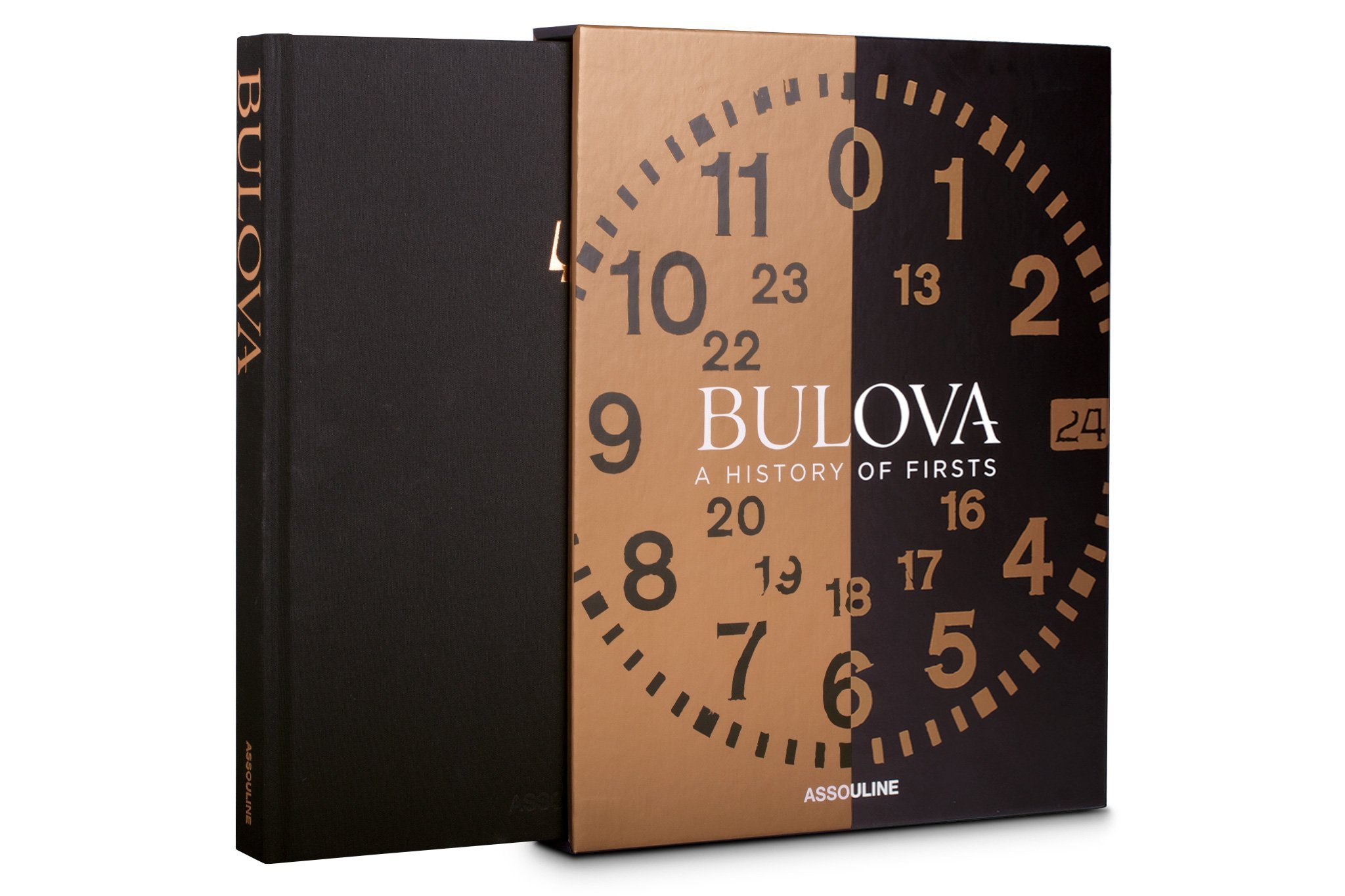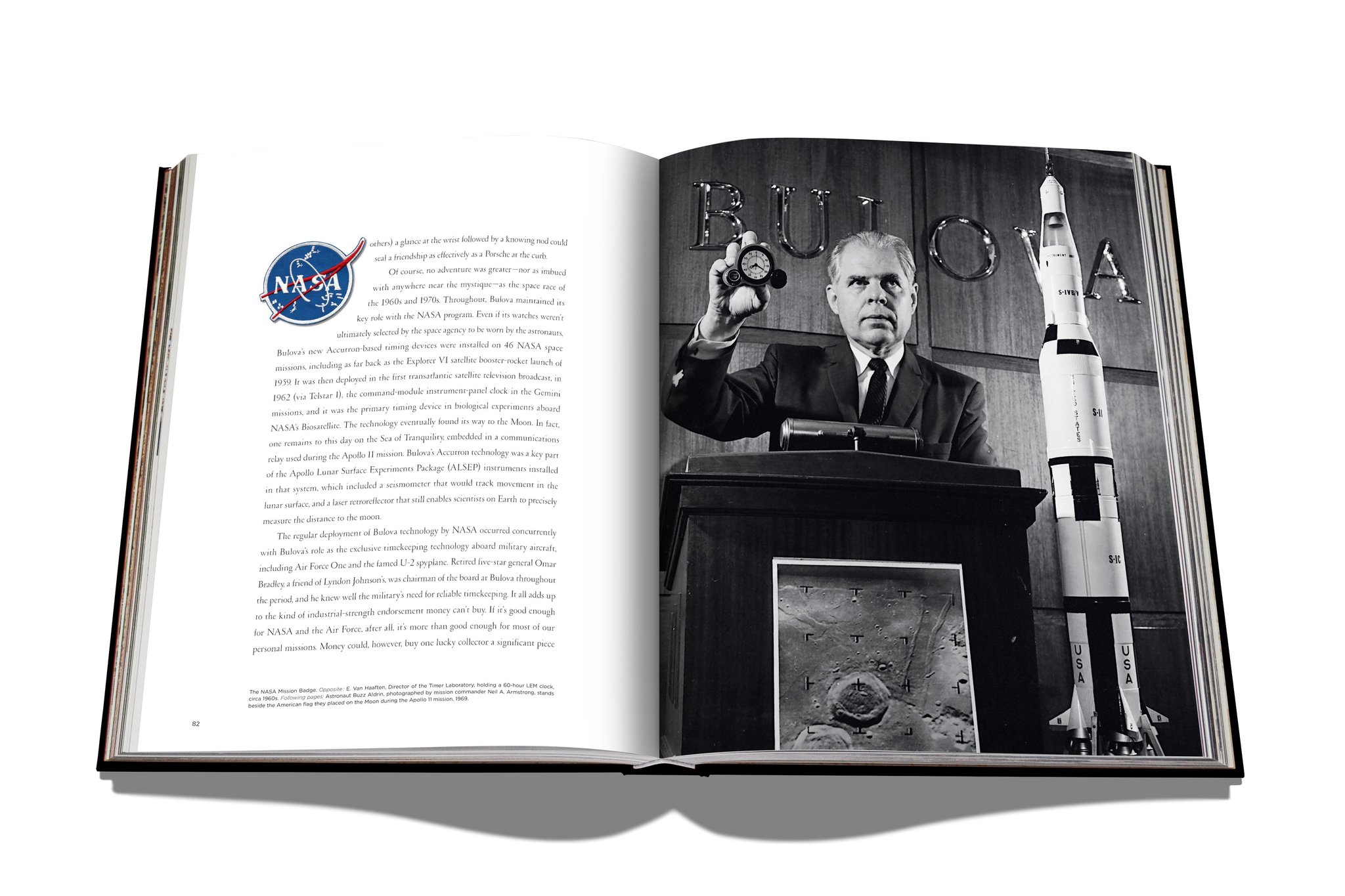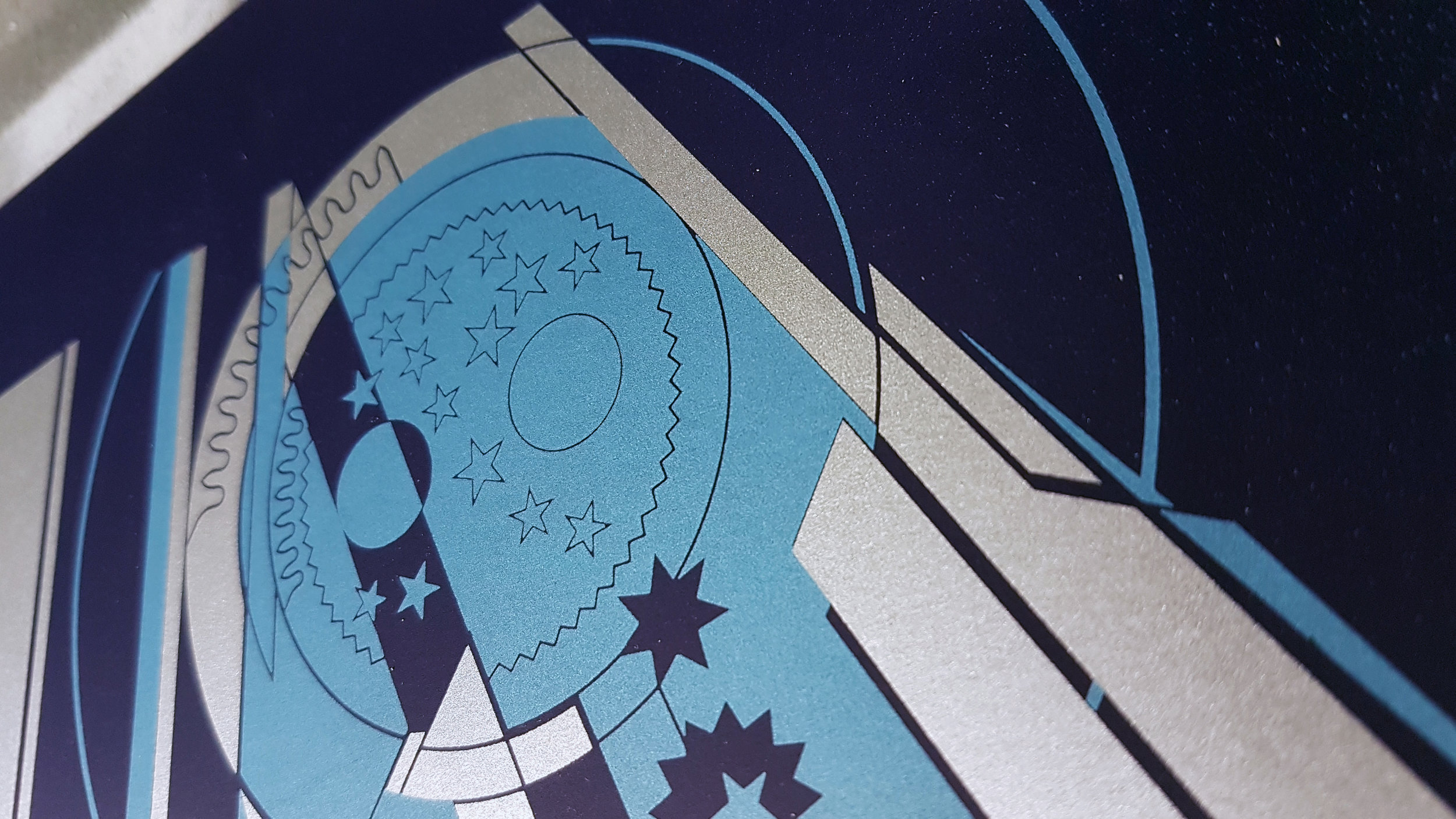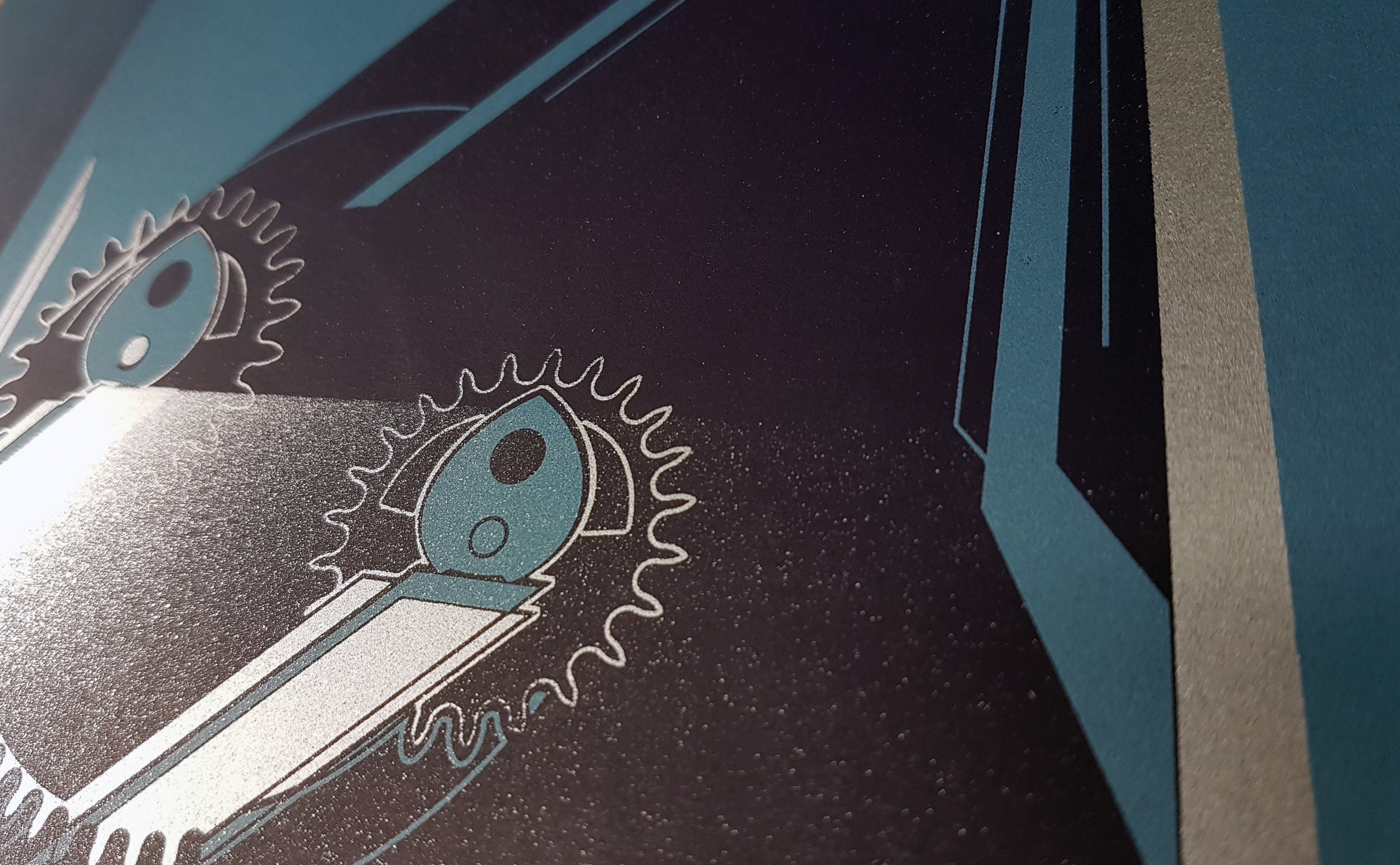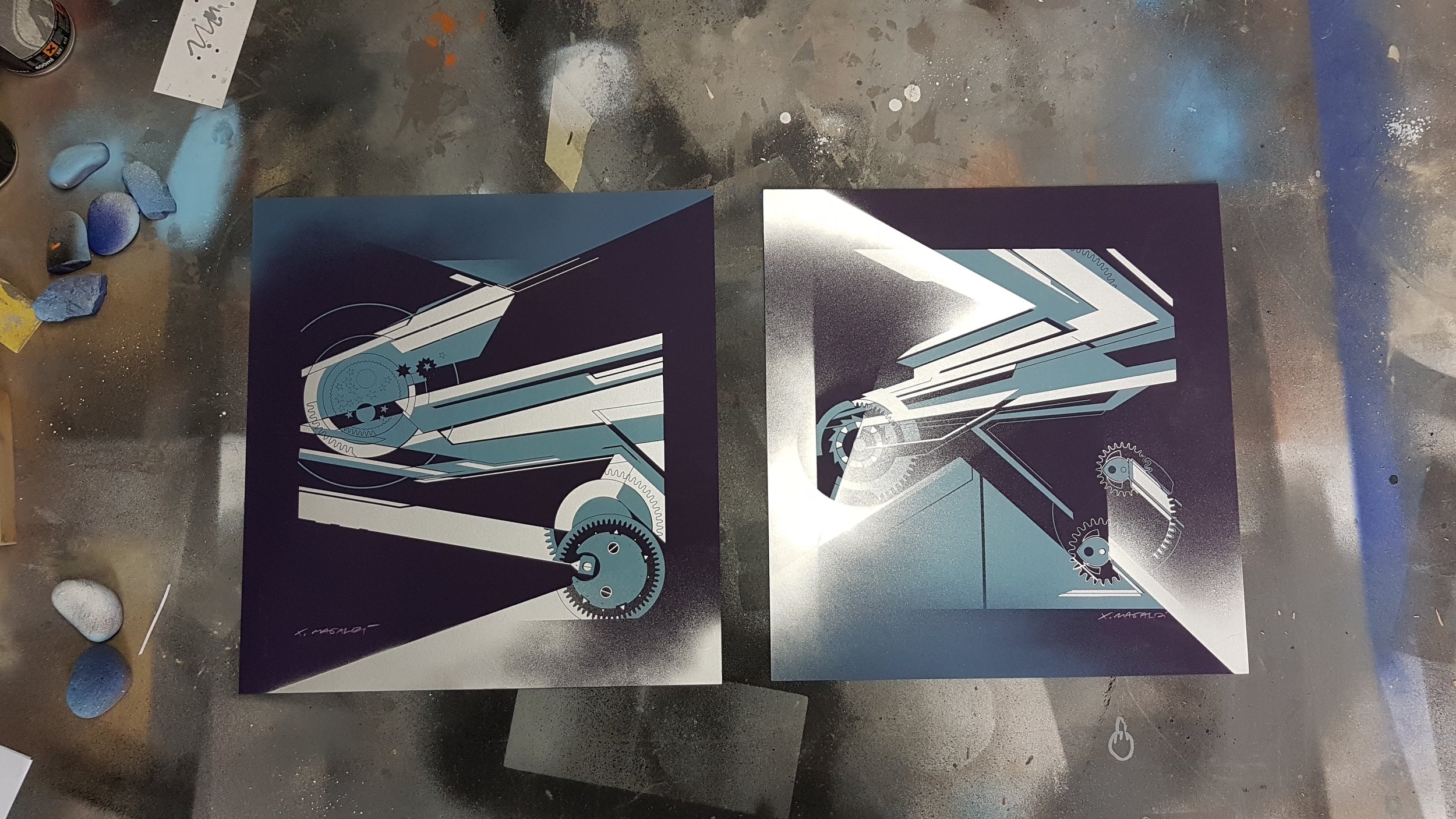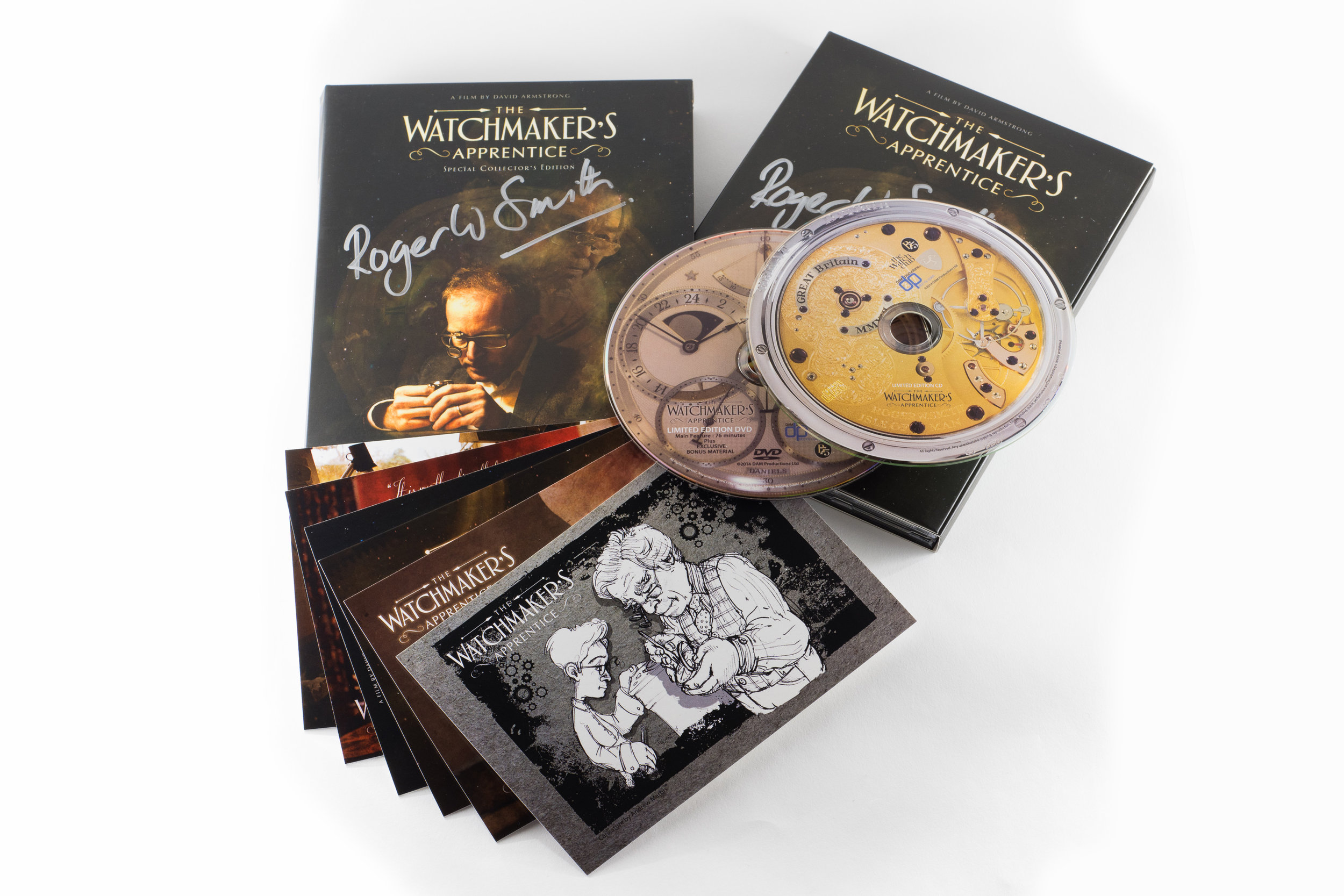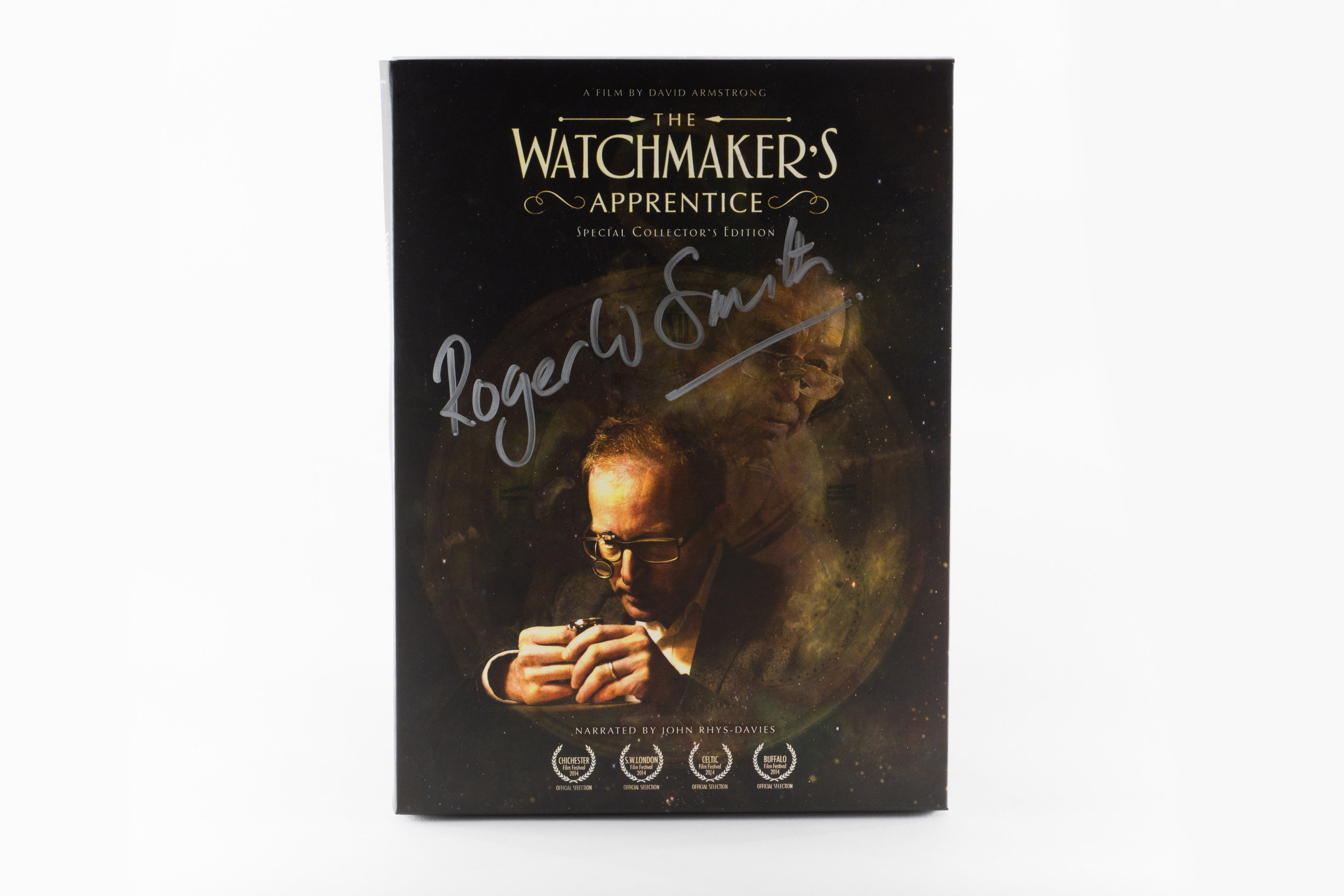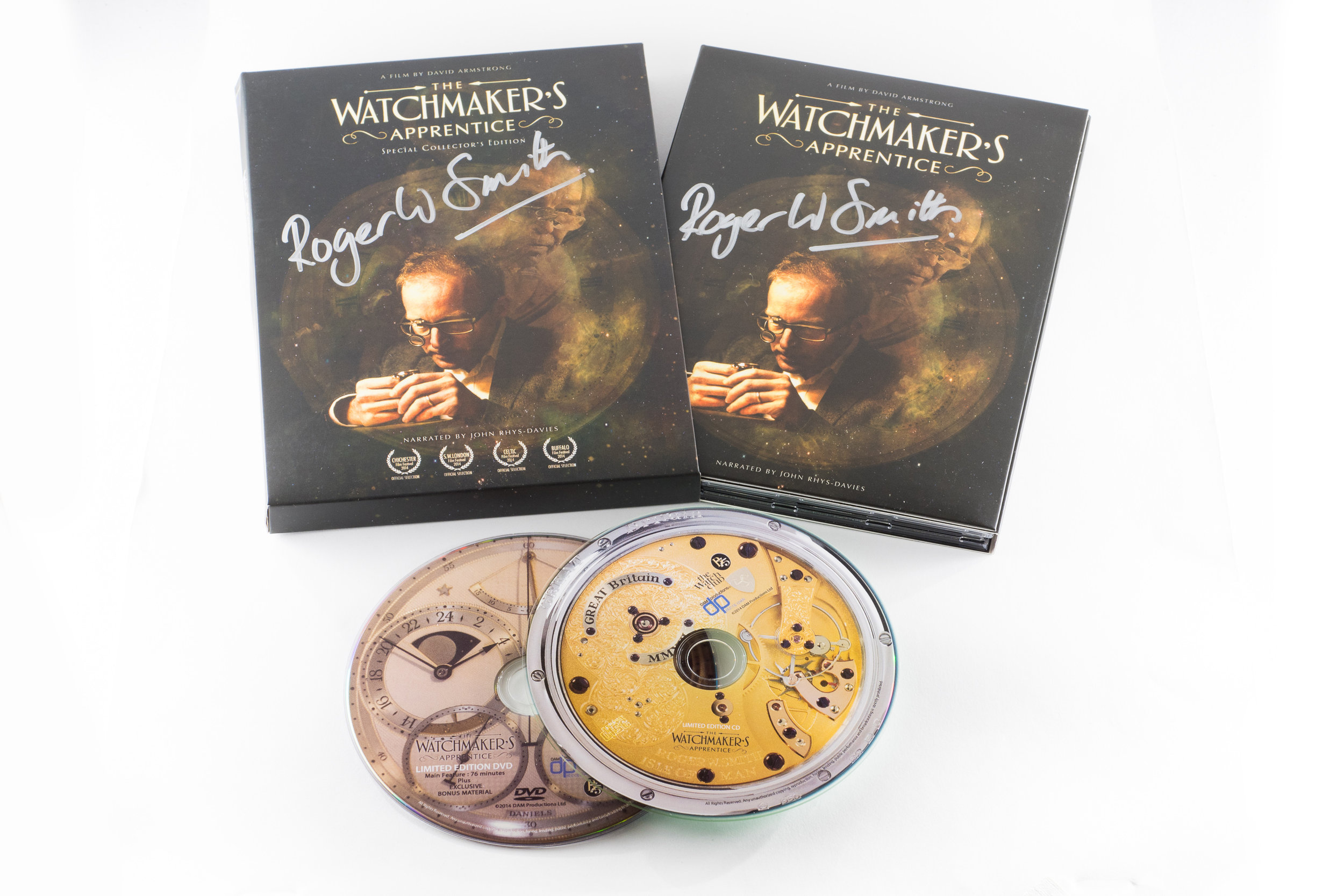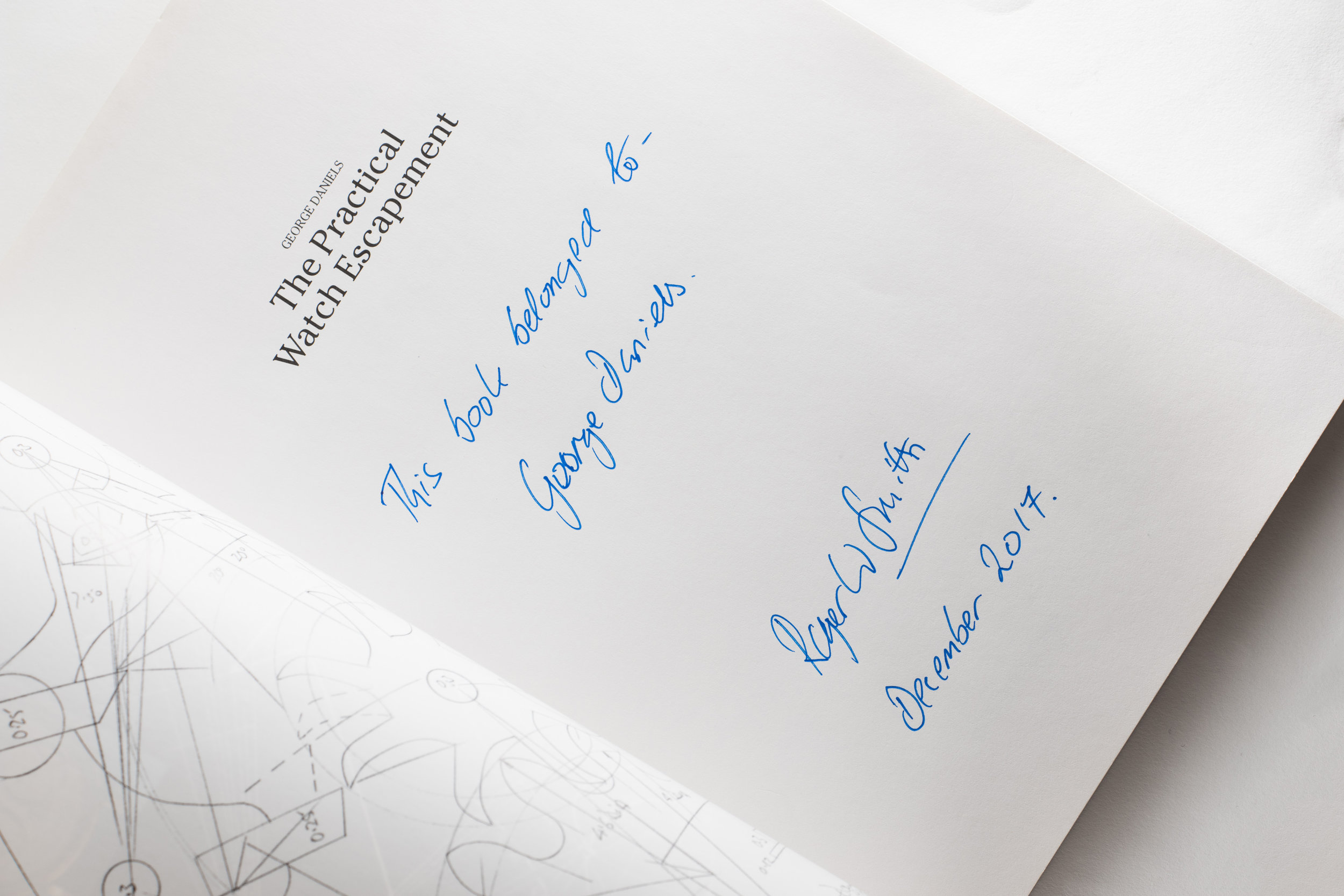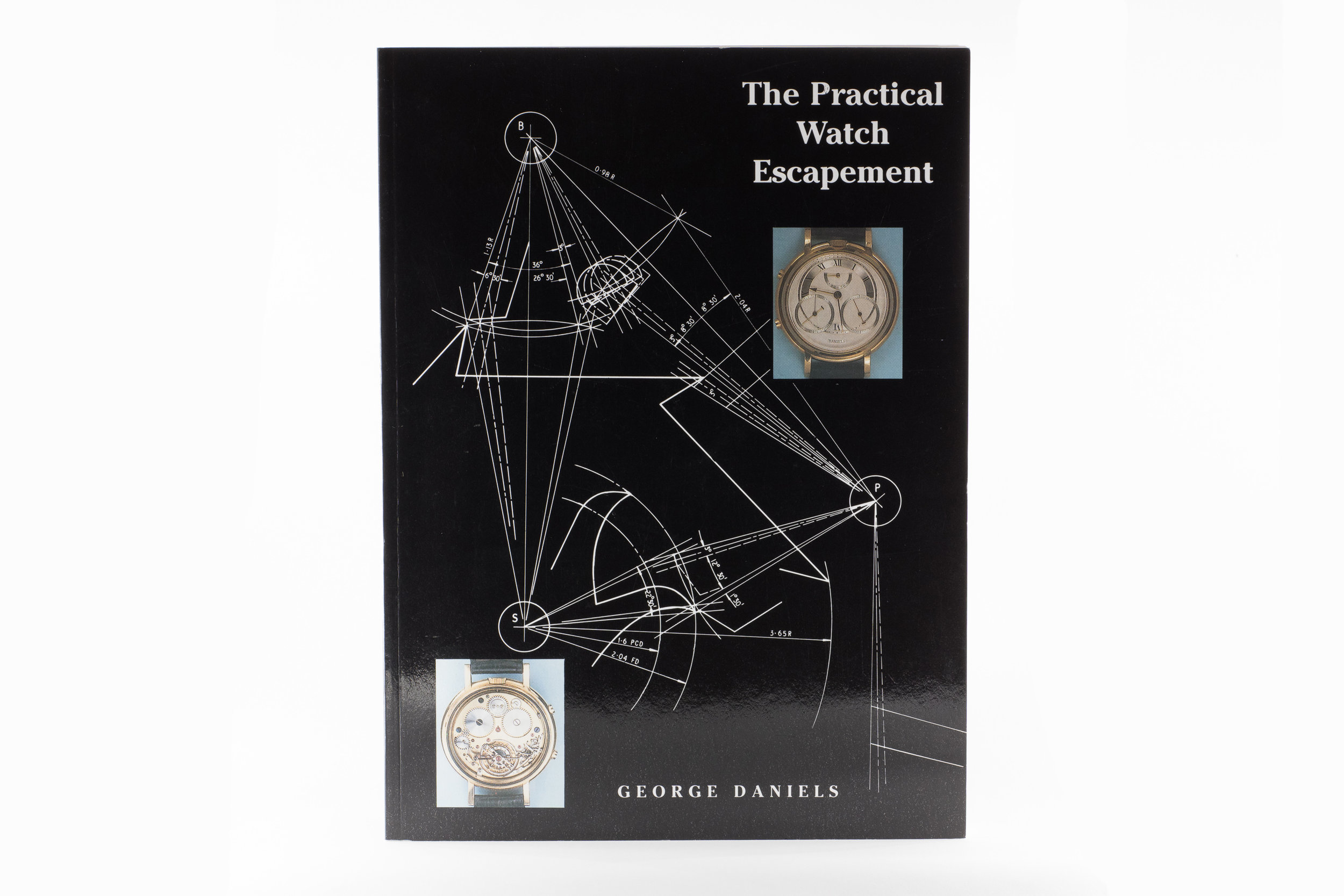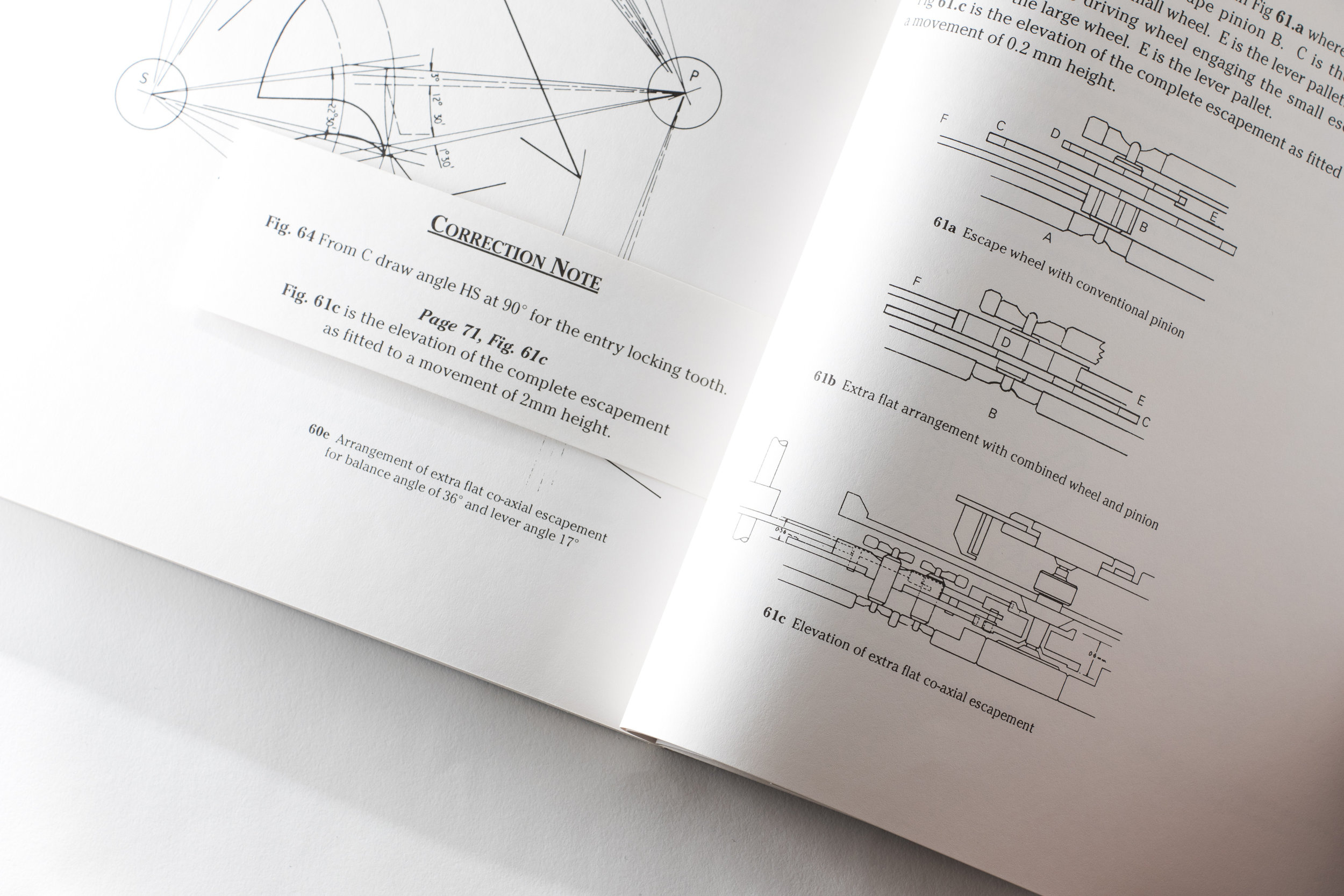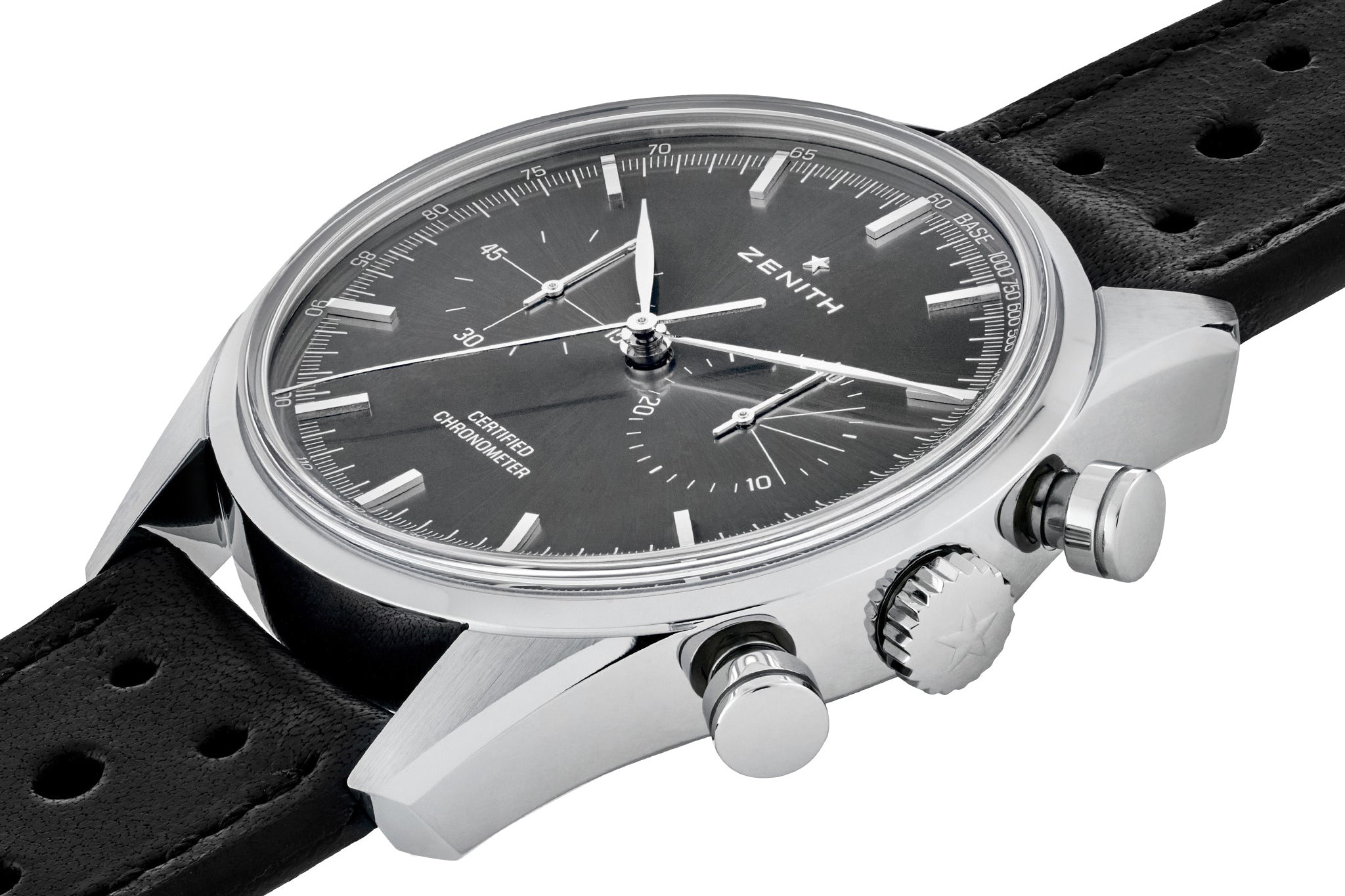

Tradition and Innovation - a Contradiction? By Andreas Strehler
Andreas Strehler, Watchmaker and Owner of UhrTeil AG
Tradition means doing things the way they have always been done. It also has the connotation of dismissing all things new. Innovation, by contrast, stands for doing things differently from how they have been done in the past, i.e. for breaking with tradition. In his December 3, 2018, lecture at the Horological Society of New York, Andreas Strehler will argue that in watchmaking, true innovation is no contradiction to tradition but only possible based on tradition.
About Andreas Strehler
After watchmaking school in Solothurn, Switzerland, Andreas Strehler started his career at the legendary company Renaud et Papi which is today Audemars Piquet (Renaud et Papi) SA and was then a small start-up. He was the first watchmaker there who was not one of the directors. He became head of the prototype department at a time when his contemporaries were Robert Greubel, Stephen Forsey, Bart and Tim Grönefeld and later Peter Speake-Marin.
Andreas Strehler then went back to his native Winterthur and started working on his own, initially in his father's garage. Today, Andreas Strehler is a Prix Gaïa laureate and a member of the Académie Horlogère des Créateurs Indépendants (AHCI). He has been an independent watchmaker for more than 20 years. His atelier is based in Sirnach, the German speaking part of Switzerland. Andreas Strehler designs, constructs and manufactures his movements in his own workshop with the help of a small and dedicated workforce. He designs, constructs, hand-finishes, assembles and regulates all of the 10 watches personally which are built every year under his name. Andreas also develops and constructs many of the tools and machines he uses. Through UhrTeil AG, his movement production business, he develops, designs and manufactures movements for other brands.

The Evolution of the Chain-and-Fusee Mechanism in the Quest for Constant Force, by Romain Gauthier
Romain Gauthier, Founder & CEO of Manufacture Romain Gauthier SA
When the first spring-driven clocks were invented in the 15th century, they brought with them a conundrum that would become one of horology’s holy grails – providing constant and consistent energy to the movement.
Today, the vast majority of machines run on constant force: cars and planes, for example, don’t start running more slowly as their fuel runs low. A mechanical timepiece works quite differently. The force, or torque, delivered by its mainspring varies as the mainspring unwinds, resulting in fluctuations in the watch’s timing rate over the course of its power reserve.
Watchmakers, clockmakers and engineers alike have proposed various mechanical solutions throughout history for solving the puzzle of achieving constant force from the mainspring.
This lecture will discuss their merits and drawbacks with a special focus on the chain-and-fusee mechanism that dominated watchmaking in the 17th century and which has seen an intriguing return to use in contemporary haute horlogerie, including Romain Gauthier’s very own Logical One.

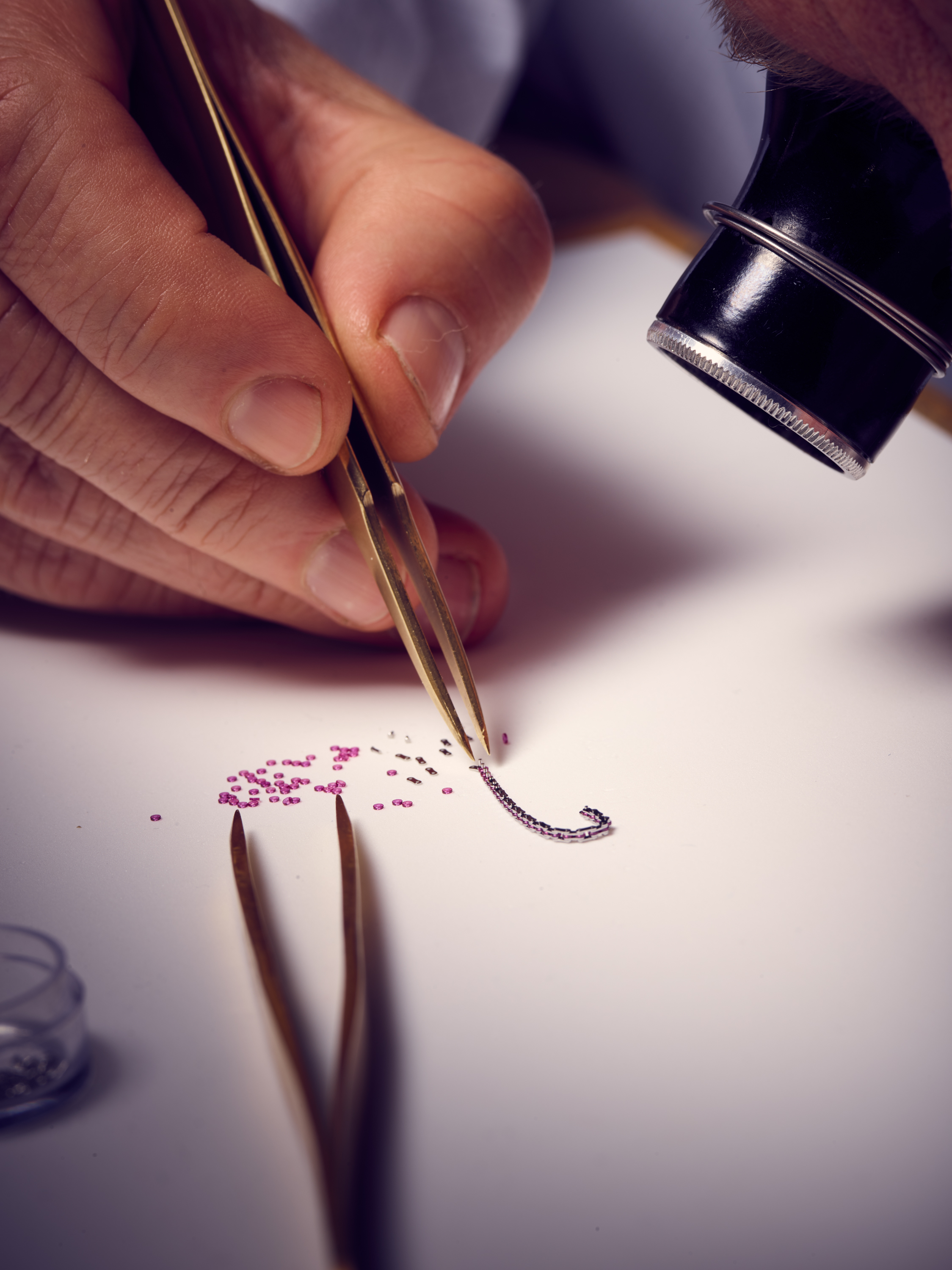
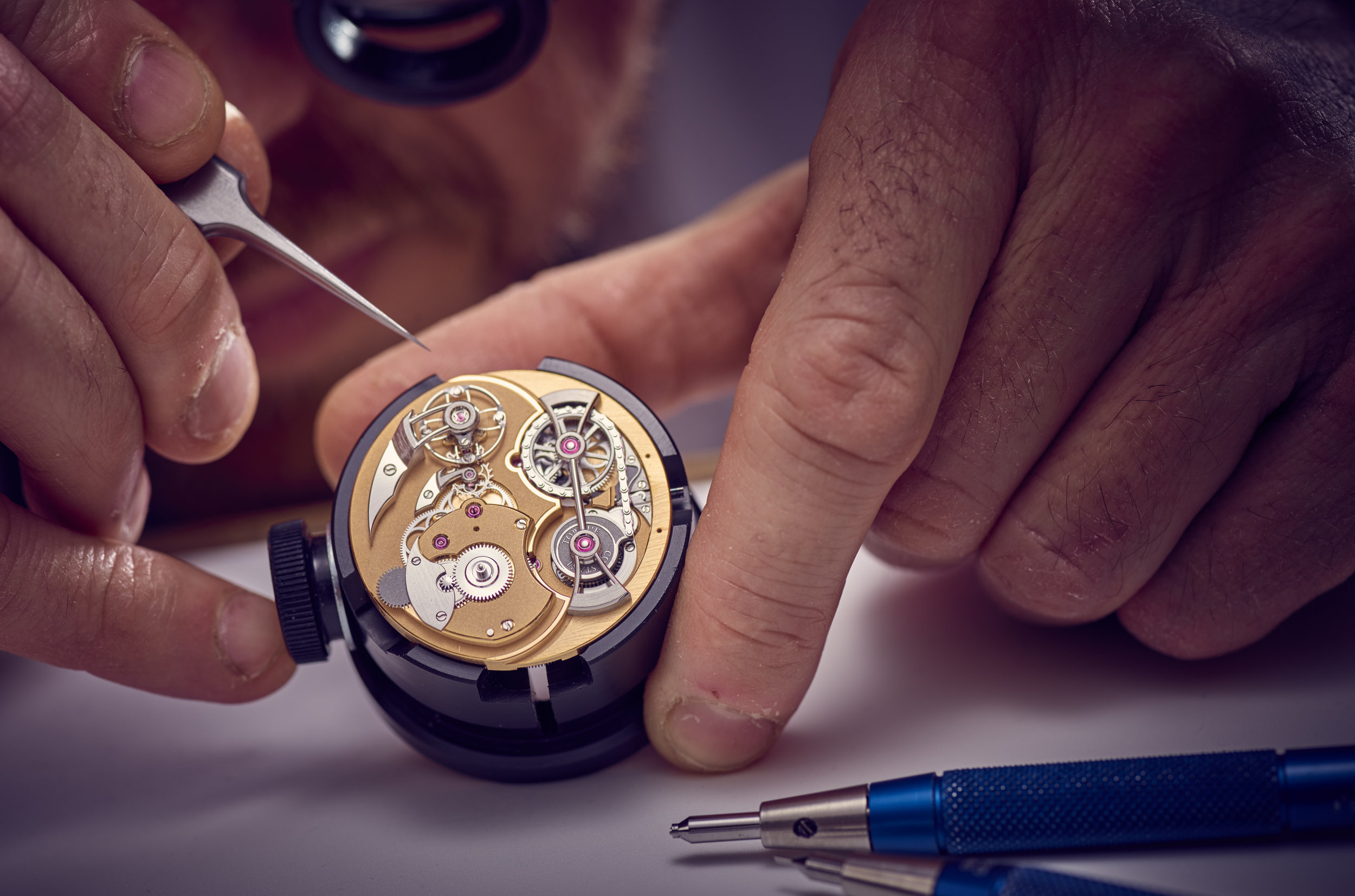

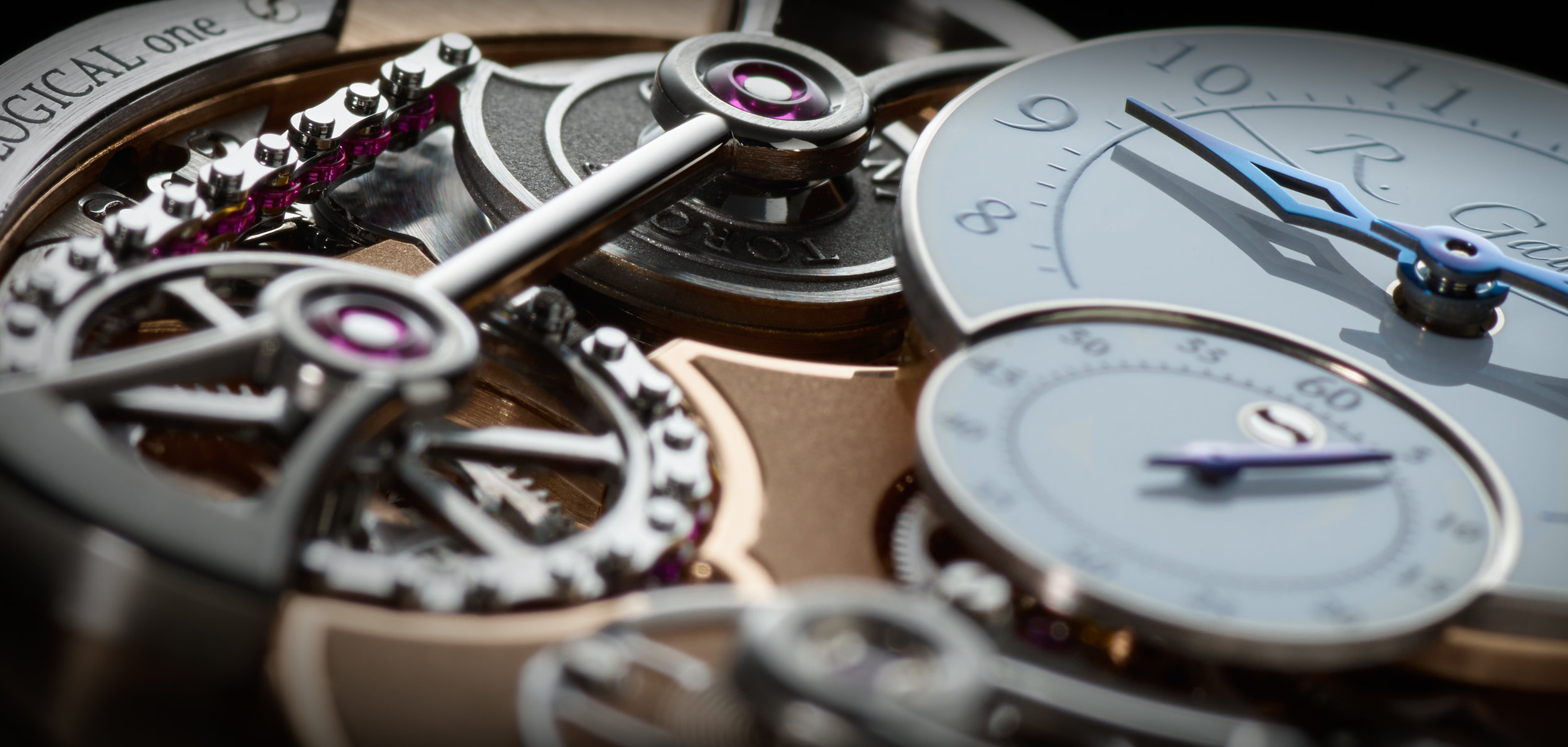

About Romain Gauthier
Romain Gauthier is the founder, owner and creative driving force behind the high-end Swiss watch brand Romain Gauthier.
A precision mechanic with over 20 years’ experience making complex components for the Swiss watch industry, Gauthier brings an engineer’s approach to his designs for the brand’s in-house movements, coupled with an unstinting devotion to fine hand-finishing that is inspired by the watchmaking heritage of his native Vallée de Joux.
Having built up a manufacture in Le Sentier, Switzerland, Gauthier is able to design and produce his own calibers from scratch. This creative autonomy gives him license to question – and come up with innovative alternatives to – watchmaking conventions, such as the way a watch is wound, the way components like gears, screws and pallet levers are designed, and the way historical mechanisms like the chain-and-fusee perform.
Gauthier’s acclaimed creations include Prestige HM/HMS with caseback crown for efficient winding, Insight Micro-Rotor boasting bidirectional micro-rotor turning between two friction-minimizing ruby bearings, and Logical One featuring a revolutionary constant-force mechanism comprising a ruby-link chain and ‘flat’ snail cam.
The multi-patented Logical One was awarded the prize for Best Men’s Complication watch by the jury of the 2013 Grand Prix d'Horlogerie de Genève, the Oscars of watchmaking.

Fifty Fathoms: The Conception and Evolution of the Modern Diving Watch, by Jeffrey Kingston
Jeffrey Kingston, Author & Lecturer for Blancpain Watches
Today, many take diving watches for granted. Perhaps this is because few are actually used for diving. Conference room wear is the modern norm.
But in the aftermath of World War II, things were different. The experience of the war set many of the world’s militaries on the path of developing combat diving corps. At the same time there were a miniscule number of amateur diving clubs that came into being giving birth to the notion of sport diving. Both groups had common cause for much of their equipment. Prominent on the list was a timing instrument to keep track of elapsed time underwater.
In sharp contrast with other types of watches that followed designs and conventions developed over two centuries, as the decade of the 1950’s began, there was no precedent to follow for the construction of dive watch. The creation of a dive watch would be a white sheet of paper project.
This lecture will follow the inspired story of Jean-Jacques Fiechter, then CEO of Blancpain and a passionate diver, on his development of the Fifty Fathoms and his innovations that made the watch a reality. The history will include the chapters involving the French Navy, the German Navy and the US Navy.
About Jeffrey Kingston
Jeff Kingston had a long career practicing anti-trust law, focusing principally upon tech companies. His most notable case took place over more than a decade in Brussels before the Competition Directorate of the European Commission. He was lead counsel in the proceedings brought against Microsoft. Emerging victorious, he was successful in achieving a landmark decision broad in scope and carrying the largest fine in Commission history. Retired from the practice of law, he now devotes himself to writing and speaking about watches. Speaking fluent French, he goes “native” with watchmakers to fortify his knowledge base.

Mechanical Jewels: The Art of the Watch 1500 – 1800, by Jonathan Snellenburg
Jonathan Snellenburg, Director of Watch and Clock Sales for Bonhams Auctioneers, New York
Video recordings of lecture are available to members immediately (using your membership password), and the general public with a 2 month delay.
Early watches look deceptively like their modern descendants. They are familiar enough to assume the first watches were made to "keep time" as watches do today. Not so. In fact, these early watches were actually indifferent timekeepers, more suited to symbolize time than reliably measure it. Although technical advances over the next 200 years improved their performance, it was not until the end of the 18th century that ordinary watches became truly reliable timekeepers.
The earliest watches were probably carried not so much because civilization required portable timekeepers, but rather because of the Renaissance fashion for pendant jewels that served as both display of wealth and talisman. The early 20th century horologist, G. H. Baillie, referred to this developmental period as the "Age of Decoration." Watches were often fashioned into diverse forms and decorated with scenes from Classical literature. Both the form and decoration of these watches were intended convey a message how to make the best use of time.
Using sources from the fine and decorative arts, this lecture considers the imagery of these early jewel-like watches and illustrates how their appearance reflected society’s evolving attitude toward time and timekeeping. Only when the watch was transformed from metaphor into measuring device in the late 18th century did the “pocket watch” take its familiar modern form.
Jonathan Snellenburg
About Jonathan Snellenburg
Jonathan Snellenburg studied history and geology at Dartmouth College and received a Ph.D. in Geochemistry from the State University of New York at Stony Brook. This led to a post-doctoral fellowship at the American Museum of Natural History, New York, and later, a position as staff gemologist for the Gemological Institute of America. He then joined Christie's, New York, as head of the Jewelry and Silver Departments at their gallery, Christie's East. By the time he left Christie's, as a Senior Vice President and Head of the Watch and Clock Department, he had organized sales in a variety of fields including watches, clocks, jewelry, silver, and scientific instruments.
For many years, he conducted his own business as dealer, consultant and appraiser, as well as serving as a Vice-President of the National Antique & Art Dealers Association of America. He returned to the salesrooms, joining Bonhams New York as Director of Watches and Clocks in 2009. A Freeman of the Worshipful Company of Clockmakers in London, he is also a member of the Antiquarian Horological Society and the NAWCC.
Since 1996 Dr. Snellenburg has appeared as an appraiser in the PBS television series The Antiques Roadshow. He contributed the chapter on 17th and 18th century enamel watches for the Catalogue of European Decorative Arts at the Taft Museum, Cincinnati, and catalogued the Proctor Collection of Watches at the Munson Williams Proctor Art Institute, Utica, New York.

Fluid Time, by Grégory Dourde
Grégory Dourde, CEO of HYT Watches and Preciflex
The history of fluidic horology began 3,400 years ago with the clepsydras, or water clocks, of the Pharaohs. These so-called "water thieves" transported water from one container to another to measure elapsed or "stolen" time. This fluidic visualization of the transition of time reappeared in 2012, when HYT Watches introduced a wristwatch incorporating a patented fluidic module and a mechanical watch movement to trigger the fluids propulsion. A colored liquid documents the recent past, a transparent liquid indicates the foreseeable future, and their meniscus (meeting point) is the current time.
Today HYT Watches and Preciflex (its sister company mastering microfluidic technologies) form an ecosystem that unites science, hi-technology, philosophy, art and design. Based in Neuchâtel, Switzerland, a multi-disciplinary team makes liquid time real time. At the June 4, 2018, meeting of the Horological Society of New York, Grégory Dourde, CEO of HYT Watches and Preciflex, will retrace the historical origins of the time measurement with fluids and will explain the numerous scientific challenges and the creative solutions that brought this unique horological project to life.
About Grégory Dourde
Grégory Dourde
Grégory Dourde, an engineering graduate from the Ecole National des Ponts & Chaussees (Paris), obtained an MBA from the College des Ingenieurs in 1997. He has worked for major brands, including Cartier, Calvin Klein and the Swatch Group (under Nicolas Hayek Senior). He then founded his own consulting company, working on performance enhancement and development projects for companies operating in the medical, watchmaking and high-tech sectors. His interest in and passion for fields as diverse as the physical sciences, biology, philosophy, plastic arts and music, reveal a desire to nurture and enrich ideas through an interdisciplinary approach.

The Swiss Watch Industry: 20 Years Into the 21st Century, by William Massena
William Massena, Managing Director of Timezone.com, Trustee of the Horological Society of New York
Traditional watchmaking has seen astonishing growth in the last 20 years, but at the same time the industry is facing many external and internal challenges. At the May, 2018, meeting of the Horological Society of New York, William Massena will address these challenges and more. In addition, Massena will discuss the role of independent watchmakers alongside large luxury groups in shaping the future of horology, and novelties from specific brands presented at the SIHH in Geneva and BaselWorld which give us clues about where the industry is headed.
William Massena
About William Massena
William Massena is the Managing Director of TimeZone.com, the world’s largest online watch discussion forum, to which he has been a key contributor since its founding in 1995. He is also a partner at Digital Luxury Group, a Geneva-based marketing and communication research company for luxury brands, and a Trustee of the Horological Society of New York. He is a member of the jury of the Grand Prix of Horology of Geneva since 2013.

2018 Gala & Charity Auction
The Horological Society of New York invites you to celebrate its 152nd year at the 2018 Gala and Charity Auction on Wednesday April 18, 2018. The annual Gala and Charity Auction is an opportunity to look back at our accomplishments, recognize talented watchmaking students, and bid on incredible watches and ephemera. Join us as we celebrate New York's horological tradition!
Highlights
Charity Auction, Hosted by John Reardon, Christie's
Lot 1: Horological Society of New York vintage lapel pin, circa 1930. Only a handful of these original pins still exist. Gold-filled, brand new, never worn. Estimate: $500-$1,000.
Lot 2: Bulova: A History of Firsts, by Aaron Sigmond. Published by Assouline. 176 pages, over 100 illustrations, hardcover in a luxury slipcase. Donated by Bulova. Estimate: $200-$500.
Lot 3: Steel Rolex, by Giorgia and Guido Mondani. Limited edition of 599, brand new in box, 31 x 41cm, donated by Winthrop Robinson. Estimate: $1,500-$2,000.
Lot 4: An Evening of Patek Philippe with Kelly Yoch, Senior Patek Philippe Consultant for North America at Tiffany & Co. Join Kelly Yoch for an exclusive private tour of the Patek Philippe Salon at Tiffany & Co. followed by a dinner at a Midtown restaurant. You and three friends will be able to ask Kelly everything you ever wanted to know about the world of Tiffany & Co. and Patek Philippe. Date and Time TBD (4 people). Estimate $500-$1000.
Lot 5: An evening of vintage watches with Christie's New York. You and your guests will have a private viewing of Christie's June NYC auction and private sale watches in advance of public opening the next day. After the viewing, you and up to three friends will be treated to a dinner with John Reardon and Rebecca Ross at an exclusive Midtown restaurant. June 7, 6:30-7:30 viewing, Dinner 7:45 (4 people). Estimate $500-$1,000.
Lot 6: Chronos and Quantième Perpétuel, artwork by Xavier Magaldi. Swiss made in 2013, two color silkscreen on 300 gram paper, 35 x 35 cm. Signed and donated by the artist. Estimate: $500 - $1,000.
Lot 7: The Watchmaker’s Apprentice DVD, signed and donated by Roger W. Smith. Estimate: $100-$300.
Lot 8: George Daniels’ personal copy of The Practical Watch Escapement, with his correction notes, signed and donated by Roger W. Smith. Estimate: $1,000-$2,000.
Lot 9: Set of 2 watches: Limited Edition Bulova x Analog/Shift Devil Diver with canvas strap and bracelet & vintage Bulova Devil Diver, donated by Analog/Shift. The modern watch is brand new, never worn and completely sold-out. 1 year warranty included for both watches. Estimate: $4,000-$6,000.
Lot 10: Zenith El Primero Original Limited Edition For HODINKEE, donated by HODINKEE. Highly coveted, completely sold-out. Estimate: $8,000-$10,000.
HSNY's 2018 Charity Auction, hosted by Christie's, will take place at the Gala. A selection of extraordinary timepieces and horological miscellanea will be up for sale, with all proceeds benefitting HSNY's ongoing educational programs. There will be no buyer's premiums, and all bidding will take place live in the room.
Preview to take place Tuesday, April 17, 2018, 3-6pm, at the Horological Society of New York office and classroom at 20 West 44th St., Room 506, New York, NY.
Presentation of the Henry B. Fried Scholarship
Henry B. Fried instructing students on escapement mechanics. Photo courtesy of the Brooklyn Public Library—Brooklyn Collection.
Most watchmaking schools in the USA are free. Tuition is covered by a sponsoring brand, and usually the only school expense that the students cover are their tools. These schools are full-time two year programs, meaning paying for living expenses can be difficult. This is where the Henry B. Fried Scholarship comes in; the Horological Society of New York wants to help American watchmaking students succeed in every way. The winners of the 2018 Henry B. Fried Scholarship will be announced at the 2018 Gala.
Speakers
- Edwin Hydeman - Executive Director, Horological Society of New York
- Nicholas Manousos - President, Horological Society of New York
- Jordan Ficklin - Executive Director, American Watchmakers - Clockmakers Institute
- Steve Eagle - Director of Education, Horological Society of New York
- John Reardon - International Head of Watches, Christie's
Food, Drink & Music
Enjoy a large selection of food and drink, with an open bar from 6:00pm - 9:00pm. Live music throughout the evening. The suggested attire is business formal.
Menu
Chef Robby J Bither, Carving Board Catering
- Mini Tacos - Mole poblano chicken & rainbow Swiss chard
- Fondue - French Savoyarde & chocolate raspberry
- Swedish Meatballs with lingonberry and gravy drizzle
- Mini Bratwurst with German mustard
- Sliders - Pulled pork in fig BBQ, southern style crispy chicken with remoulade & chipotle mushroom with muenster cheese
- Indian dosa with potatoes
- Pad Thai - Chicken & vegetarian
- Drinks - Beer, red & white wine, sodas
- Cocktails - Sake lychee martini, red sangria & Pimm's punch
We look forward to seeing you there!
All proceeds from this event go towards the Horological Society of New York's ongoing educational programs. The Horological Society of New York is a registered 501(c)(3) non-profit organization, federal tax identification number 13-6139887.
HSNY thanks our sponsors for their generous support.

Horological Conservation: A Preliminary Study of Bellows Materials in Smoking Automata, by Brittany Nicole Cox
Brittany Nicole Cox, Antiquarian Horologist, Seattle, Washington
At the March 5, 2018, meeting of the Horological Society of New York, Brittany Nicole Cox will present her research and findings into the conservation of bellows materials inside dynamic objects, specifically mechanical smoking automata made in France between the period of 1848 and 1914. These findings required the construction of a machine capable of running three sets of bellows simultaneously. The materials tested and the results of using these materials will be discussed. Conclusions drawn from this research demonstrate how problems arise when tangible and intangible qualities are in direct conflict, and why these problems are difficult to address in the case of dynamic objects, especially automata.
Brittany Nicole Cox
About Brittany Nicole Cox
Brittany Nicole Cox is an antiquarian horologist based in Seattle, Washington. Her lifelong passion for horology has seen her through nine years in higher education where she earned her WOSTEP, CW21, and SAWTA watchmaking certifications, two clockmaking certifications, and a Masters in the Conservation of Clocks and Related Dynamic Objects from West Dean College, UK. In 2015 she opened Memoria Technica, an independent workshop where she teaches, practices guilloché and ornamental turning, and specializes in the conservation of automata, mechanical magic, mechanical music, and complicated clocks and watches. Currently, she is working on a manuscript to be published by Penguin Press in 2018.

The Essentials Of Precision Timekeeping, by Jack Forster
Jack Forster, Editor-in-Chief, HODINKEE
Everyone wants their watch to be accurate, and moreover, nowadays everyone expects it. But just how hard is it to make an accurate watch, and what makes a watch accurate in the first place? In this lecture, we’ll look at how and why precision timekeeping evolved, from the earliest water clocks, through the evolution of pendulum clocks, the first watches, marine chronometers, and on down to today’s precision wristwatch. On the way, we’ll keep in mind – as we explore how the modern watch has been shaped by nearly a thousand years of technological and scientific exploration – certain fundamentals in mechanics and physics, and how the ancient enemies of accuracy are still fought on a daily basis by watchmakers today. And we’ll also look at how and why it is that accuracy isn’t just interesting intellectually – we’ll explore how it has a romance all its own.
Jack Forster
About Jack Forster
Jack Forster is Editor-in-Chief of HODINKEE. He first became interested in watches as a student in graduate school, and spent many years collecting and repairing vintage pocket watches as a hobby. His first exposure to online watch discussion was on Usenet newsgroups, in the mid-1990s; and he has also been a moderator on the well-known collector's forum, PuristSPro.com. From 2006 to 2015 he was a part of Revolution Press Ltd, first as Group Technical Editor, and then as Editor in Chief for the US edition of Revolution Magazine. He has also worked on a number of freelance special projects over the years and in a marketing/PR consulting capacity, for clients both within and outside the watch industry. He is the author of Cartier: Time Art, a catalogue for the exhibition of the same name, which chronicles the history of watch and clockmaking at Cartier from its inception to the present day. His other interests include pretty much anything interesting.

An Introduction to the Naked Watchmaker Platform, by Peter Speake-Marin
Peter Speake-Marin, Founder, The Naked Watchmaker, Switzerland
At the January 9, 2018, meeting of the Horological Society of New York, British watchmaker Peter Speake-Marin will present his new platform for watchmaking education, The Naked Watchmaker. The platform stems from Speake-Marin’s time as an antiquarian horologist in London working on antique pocket watches and vintage wristwatches. In his lecture, Speake-Marin will address the technical points needed to understand modern brands, the finer aspects of independent watchmakers and the key points to consider when looking at calibre manufacturers. Speake-Marin will also touch on future goals for The Naked Watchmaker, including his interview series and fascinating macro photography.
About Peter Speake-Marin
Peter Speake-Marin, born in 1968 in Essex, England, left school at 17 and discovered horology. Speake-Marin’s watchmaking career has touched on every segment of the watchmaking industry, from the antique world of restoration to modern complications, from being a consultant, to developing brands. His final dream of sharing his love of watchmaking (modern and vintage, simple to complex) was never realized, until today with the launch of The Naked Watchmaker platform.




